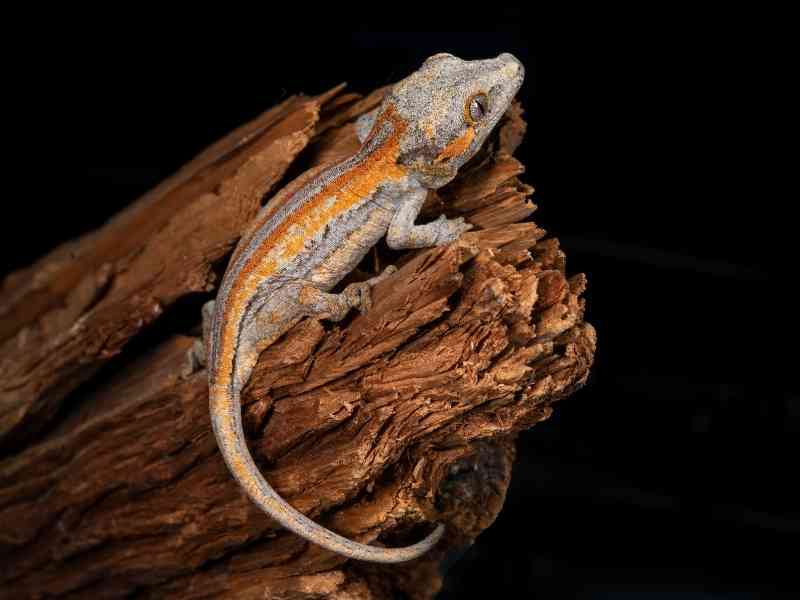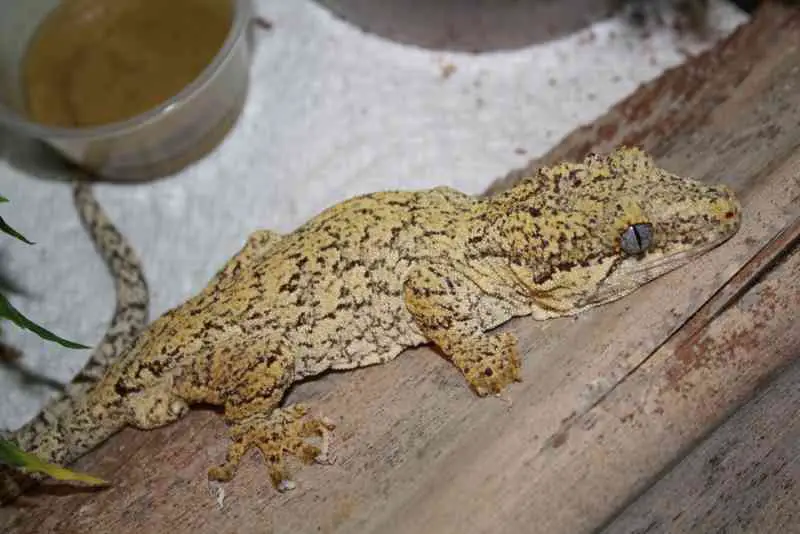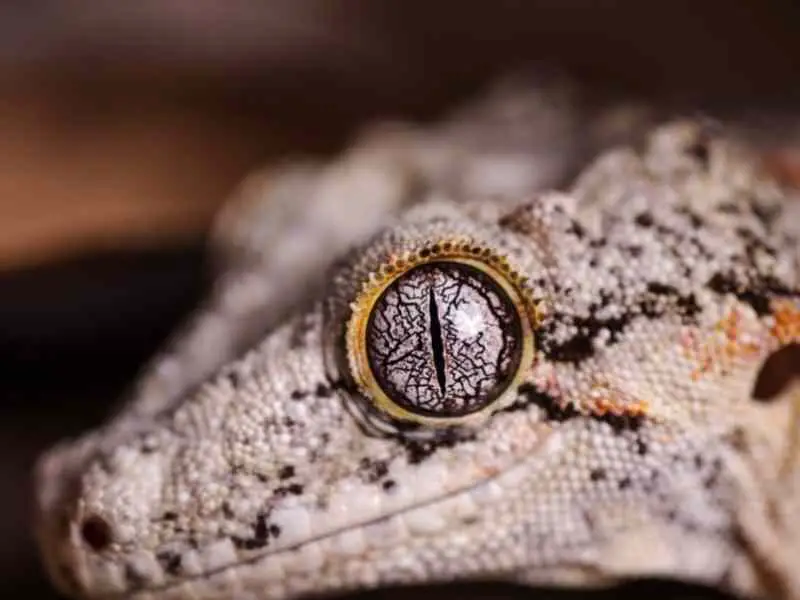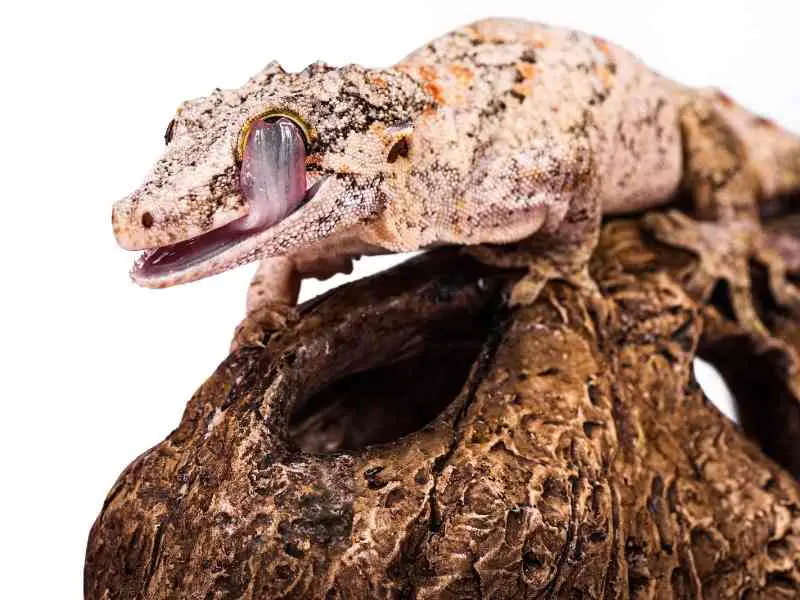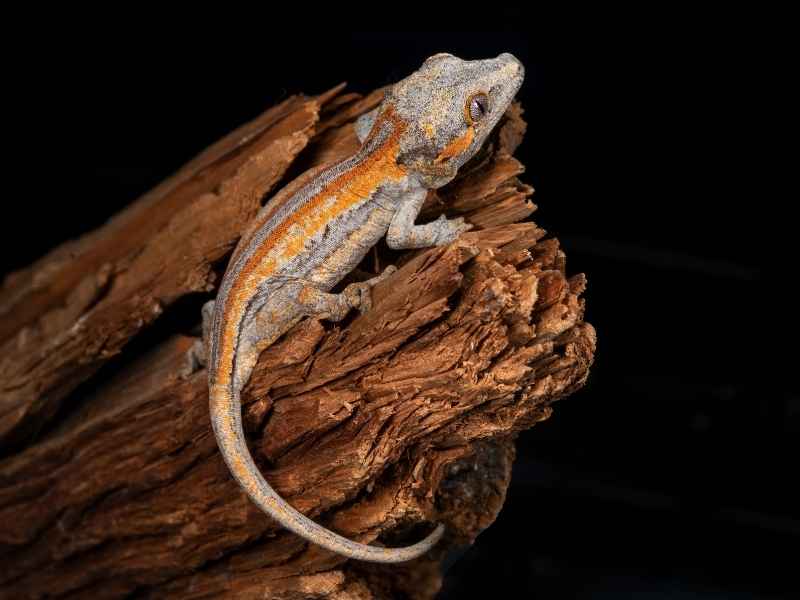Gargoyle Gecko Overheating? Why and What To Do

If your gargoyle gecko is overheating you will likely notice signs of slowness and lethargy. Overheating is a result of tank environment and temperature issues that can be resolved. If your gargoyle gecko overheats, be sure to contact your local vet for instruction or attempt to cool him down immediately on your own. We will explore ways to do this below.
Contents
Is My Gargoyle Gecko Overheating?
Have you noticed a decrease in movement or appetite? Is your gecko often getting sick or having digestive issues? These are the most prominent signs that your gecko is overheating.
If your gecko’s tank environment is constantly in the mid 80 degrees, it is possible that your gecko will overheat. You want to make sure and regulate your gecko’s habitat temperatures and humidity levels. Temperature and heat suggestions will be discussed below.
How Can I Tell If They Are Too Hot?
There are several signs to observe if your gecko is overheating, such as lethargy, lack of stickiness, loss of appetite, excessive sleeping, digestive issues, sickness, or lack of movement. All of these are signs of heat stress and are indicative that your gecko is probably too hot.
What Will Happen If They Overheat?
The symptoms of overheating can cause issues in themselves, such as susceptibility to illness and a decreased immune system. This means that your gecko will be more prone to getting sick and will have a harder time fighting off that sickness due to weakness. Overheating also causes dehydration which will affect your gecko’s energy levels, appetite, and overall health.
Is Overheating Dangerous?
Overheating can be life-threatening and needs to be taken seriously. If you are unsure of what to do and are worried that your gecko is in serious danger, please contact your local vet. If the overheating was not prolonged, then you may be able to help your gecko at home. Keep reading to find out how.
What Should I Do About It?
The first thing to do is to make sure that your gargoyle gecko’s tank isn’t in direct sunlight. You’ll want to move your gecko’s tank to a cool room and place ice packs around the enclosure. However, make sure that your gecko doesn’t lean against the ice-cooled glass or they could get too cool.
In addition, it’s important to hydrate your gecko as much as possible.
When you notice that your gecko is regaining some of his energy, it is then safe to move him back into a room temperature area and fix his tank temperature levels.
Ensure that the tank’s temperature does not exceed 85 degrees (Fahrenheit). It is ideal to keep the environment between 78 to 82 degrees during the day and around 75 degrees at night.
Conclusion
Overall, overheating is a serious endangerment to your gecko, but there are ways you can prevent it and heal them if this does happen.
Be sure to check regularly on your gecko’s tank temperatures to make sure that overheating does not happen. In addition, watch out for the common signs of overheating such as illness, lack of energy, and loss of appetite.
All of these things will help you better care for your gecko and prevent overheating in the future.
